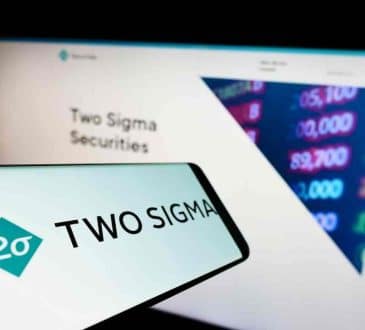How to empower your people to become your greatest risk management asset

Do you think about the ‘power of your people’? After all, your employees touch every aspect of your business; from day-to-day operations, engaging with customers, utilising technology, creating your processes and policies, to making decisions and taking action (or inaction) that affects your business daily.
Your people are literally the heart of your business.
Harnessing the ‘power of your people’
Employees tend to be drawn to organisations where they believe there an alignment in values and a sense they are heard and can contribute to the business. It gives employees a deeper reason to show up every day and take pride in their work.
Whereas employees who feel trapped in their organisation’s rigid structure of rules, reporting and penalties, can find themselves becoming slaves to the numbers. Creating a workplace where people are afraid to come forward, and where risks can be buried, only to surface in negative outcomes.
By harnessing a different perspective on risk, a person-centre approach, you can provide a pathway for developing your organisation and its culture, being ready to adapt and adjust when you hit unexpected obstacles.
Start with a ‘safe zone’
You can optimise your work environment with a ‘safe zone’. The best way to create a safe zone is to build an environment that allows people to feel safe to succeed without fear of failure. Treat your people’s growth and progress as a learning tool and encourage and support them, especially when they are stepping into new fields or responsibilities. Because it’s only when people feel safe to fail, that they truly feel safe to succeed.
In a safe zone there are no scapegoats, there’s no blame-shifting and no one gets thrown under the bus. This must be demonstrated from the top down, through all levels of your organisation. According to Harvard Business Review leadership analyst Roger Jones, ‘CEOs should actively encourage all team members to speak up without fear of consequences. That fosters honesty, debate and better decisions.’
Forming connections with your people is a foundational component of the safe zone and helps tap into your employees’ desire to protect your organisation. Employees become proactive in notifying you of potential threats as soon as they are identified. This is when employees can become your organisation’s human ‘risk sensors’.
What are human risk sensors?
People naturally become aware of threats to the things that are important to them, often instinctively. Their desire to protect what is important can also apply to the organisation they work for. Engaged employees want to protect the well-being of the organisation and their colleagues. This desire to protect can provide the opportunity for employees to become human risk sensors – proactively sensing risk.
A team of human risk sensors is a team in which everyone is looking out for threats to one another and the organisation. They are monitors and intervene when required to ensure the organisation is protected from threats and vulnerabilities. Your people are in every corner of your business. They are communicating with customers and working intimately with every process and technology. They are often the first to notice a potential threat and can act as your early warning system.
If your people are not engaged, they might see a potential threat and think, ‘Oh, that’s someone else’s problem.’ But if they are engaged, they are far more likely to come to you and say, ‘Hey, look – I’ve noticed something doesn’t seem quite right here. I just wanted to raise it and see what you think about it.’ These conversations can sound out areas of potential harm and are among the most effective ways to reduce organisational risk, if captured and responded to appropriately.
The benefits of this approach extend well beyond risk mitigation. It will positively impact your reputation and revenue and improve your workplace culture.
By engaging your people, the right way, you can empower your people to be your organisation’s greatest risk management asset. It is only by focusing on risk with, through and by your people, that you are going to truly solve your organisational risk exposure and drive transformational change.
Written by Lisa Sisson.
Add CEOWORLD magazine to your Google News feed.
Follow CEOWORLD magazine headlines on: Google News, LinkedIn, Twitter, and Facebook.
This report/news/ranking/statistics has been prepared only for general guidance on matters of interest and does not constitute professional advice. You should not act upon the information contained in this publication without obtaining specific professional advice. No representation or warranty (express or implied) is given as to the accuracy or completeness of the information contained in this publication, and, to the extent permitted by law, CEOWORLD magazine does not accept or assume any liability, responsibility or duty of care for any consequences of you or anyone else acting, or refraining to act, in reliance on the information contained in this publication or for any decision based on it.
Copyright 2024 The CEOWORLD magazine. All rights reserved. This material (and any extract from it) must not be copied, redistributed or placed on any website, without CEOWORLD magazine' prior written consent. For media queries, please contact: info@ceoworld.biz
SUBSCRIBE NEWSLETTER








